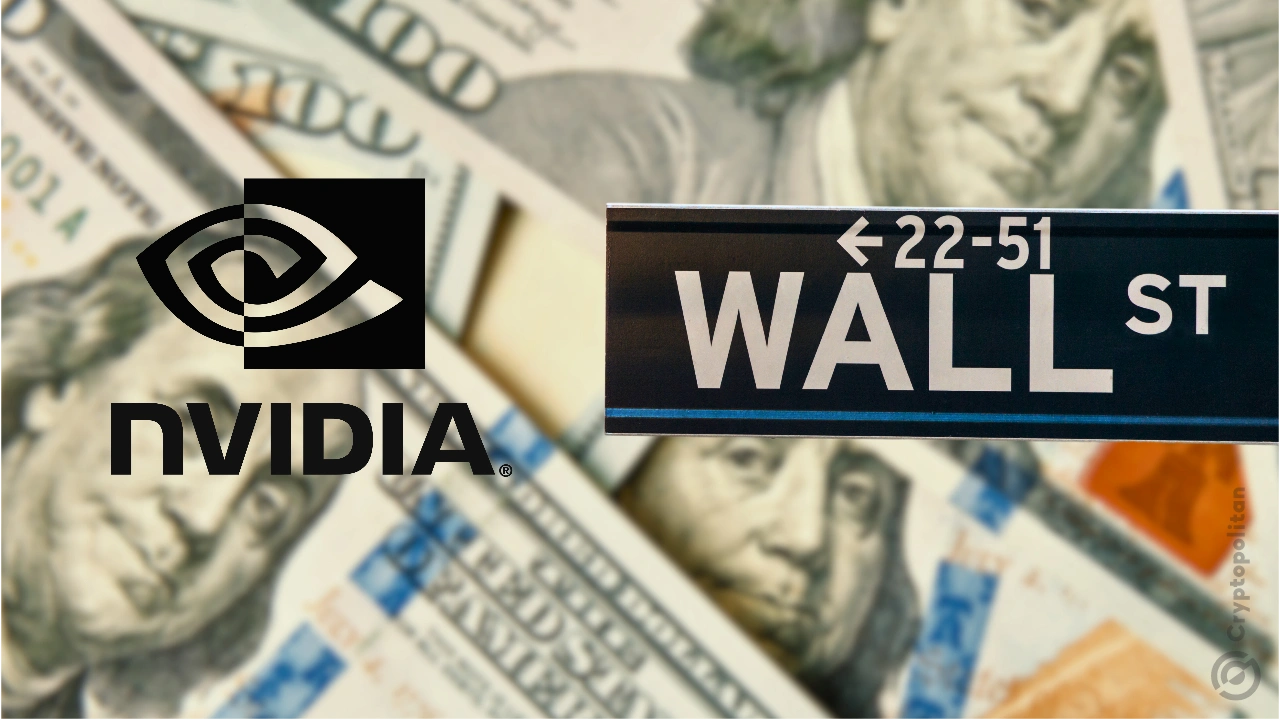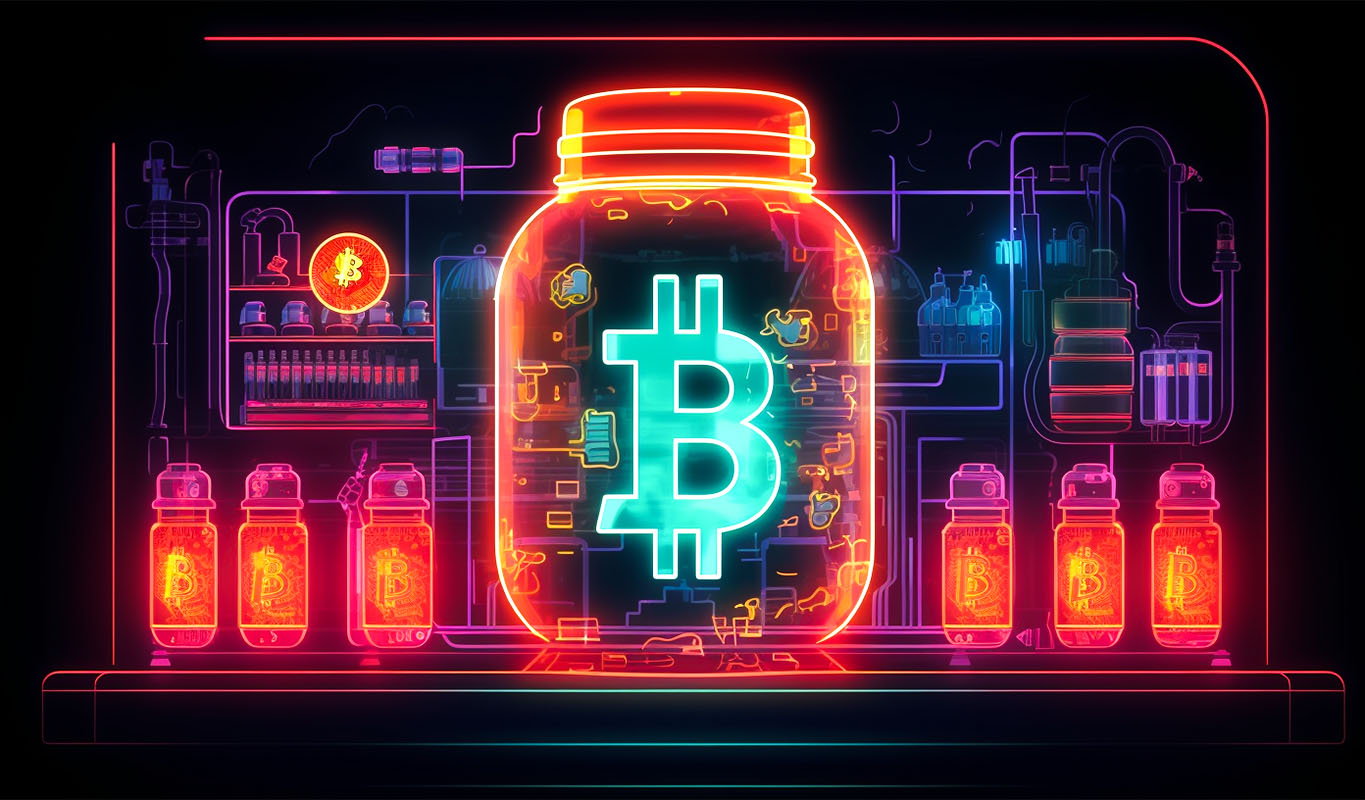Wall Street giants have committed over $11 billion to a tech gold rush centered around Nvidia’s AI chips. Blackstone, Pimco, Carlyle, and BlackRock have fueled this new debt market, lending massive sums to “neocloud” firms like CoreWeave, Crusoe, and Lambda Labs.
These companies have acquired tens of thousands of Nvidia GPUs, now essential for building AI models, and are using them as collateral in huge loans. The sudden spike in demand for Nvidia hardware has ignited Silicon Valley’s GPU economy, with Wall Street’s wealthiest financiers ready to bankroll the boom.
Nvidia’s dominance has sparked concerns. Critics question whether these chips, used as collateral, retain their value as newer models emerge.
While lending backed by GPUs has exploded, some wonder if Nvidia’s grip on the AI market could lead to risky financing and circular lending practices.
Neocloud firms owe much of their growth to Nvidia, and Wall Street’s confidence in these firms is directly linked to Nvidia’s backing. Nvidia itself has stakes in some neocloud firms, creating a tight-knit ecosystem of buyers and lenders that fuels further chip purchases.
Nvidia’s tight hold on Neoclouds
Neocloud firms have deep ties with Nvidia, and their future depends on staying close to the chip giant. CoreWeave, for instance, secured access to thousands of Nvidia’s H100 GPUs by becoming a preferred partner, a position critical for its expansion. But with newer models like the Blackwell chips on the horizon, CoreWeave’s continued growth hinges on gaining access to Nvidia’s latest releases.
The company claims it does not give preferential treatment to any specific customer. “We don’t help anybody jump the queue,” stated Mohamed Siddeek, head of Nvidia’s venture capital division NVentures.
The market, however, questions Nvidia’s influence in its partnerships.
Bankers argue that Nvidia’s market control provides stability for lenders. One banker described it as a safety net, noting that Nvidia “controls the supply chain,” ensuring that the value of these loans stays intact. However, the high-flying market for GPUs has taken a hit recently, with the cost of GPU compute power plummeting from $8 per hour to around $2 in some markets.
The drop stems from an oversupply as used GPUs flood the market and competition in AI model-building narrows. Tech giants are now developing their own AI chips, and Nvidia faces rivals like AMD racing to release alternative high-performance GPUs. One senior lender to CoreWeave noted, “A year ago, GPUs were like Willy Wonka’s golden ticket. That’s no longer the case.
The value of Nvidia’s chips as loan collateral faces growing scrutiny. Neoclouds lease Nvidia chips to tech groups, but these contracts will expire in the coming years, potentially flooding the market with used GPUs.
Listed tech giants, which have spent billions on AI infrastructure, are under pressure to show returns. David Cahn, a partner at Sequoia Capital, recently highlighted a $500 billion gap between expected revenue from AI infrastructure spending and actual revenue growth, warning that it could shrink the AI bubble.
Big Tech’s AI spending frenzy
Wall Street is closely watching Big Tech’s $200 billion spending spree on AI, a figure set to rise in 2025. Microsoft, Meta, Amazon, and Alphabet revealed limited but optimistic insights into the benefits of their AI investments, hinting at cost savings and improved services. Despite these claims, the market had a nervous reaction as analysts questioned the ROI on this enormous capital outlay.
Capital spending for these four tech giants surged by over 62% from the previous year, reaching $60 billion in just one quarter. Citi analysts predict that the quartet’s total capital expenditures will hit $209 billion this year, with data centers taking up nearly 80% of the spend.
Jim Tierney, a growth stock investor at AllianceBernstein, voiced a common concern: “All of these companies are spending a huge amount of money,” he said, emphasizing that profit margins could face a bigger squeeze by 2025.
The expected benefits of generative AI investments have started to show, with cloud growth at companies like Microsoft and Google briefly accelerating.
However, Microsoft cautioned that cloud growth could decelerate due to supply constraints. Amazon Web Services also fell short of high expectations, despite better-than-expected profit margins.
Alphabet claimed that its new AI-powered search features are boosting engagement, with about 25% of its software now produced by AI. However, Google’s search volume growth still declined, leading some to question the true impact of AI on engagement.
Meanwhile, Microsoft reported that its AI revenue is approaching an annualized $10 billion, hitting that milestone faster than any other business unit in its history.
Microsoft’s AI-powered Copilot feature, offered at $30 per user per month, has seen rapid adoption in its M365 software suite. Brent Thill, an analyst at Jefferies, called Microsoft’s revenue figures “early proof” of AI’s tangible benefits.
Other companies have remained tight-lipped about AI revenue impact, leaving the stock market uneasy. “It’s murky. And investors are freaking out about the costs,” Thill said.
For its part, Meta credited AI for boosting ad revenue and user engagement, while AWS reported that its AI business is growing at over 100% annually. While these AI initiatives sound promising, rising costs are undeniable.
Amazon and Microsoft execs attempted to calm investors, drawing parallels to the early days of cloud computing. Amazon CEO Andy Jassy noted that customer demand signals are strong enough to time AI spending closely to demand.
Microsoft CFO Amy Hood shared that half of the company’s capital spending now goes toward server purchases, which the company can align with demand growth.
Despite these reassurances, the market faces a stark reality. Big Tech’s escalating infrastructure costs will inevitably impact income statements next year, with revenue benefits far from guaranteed. Meta, for instance, warned that infrastructure spending will surge significantly in 2025, leading to higher depreciation and operating costs.





